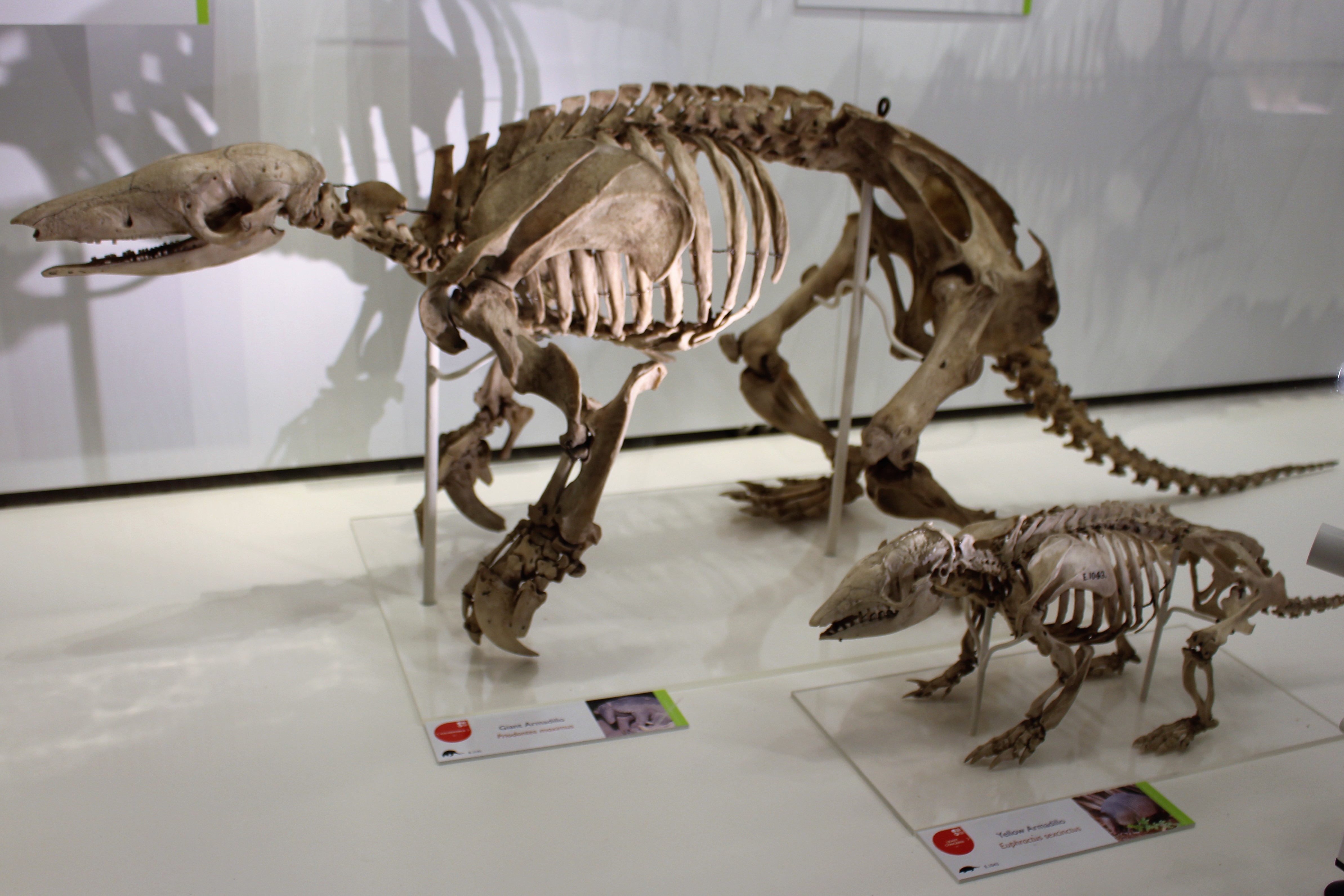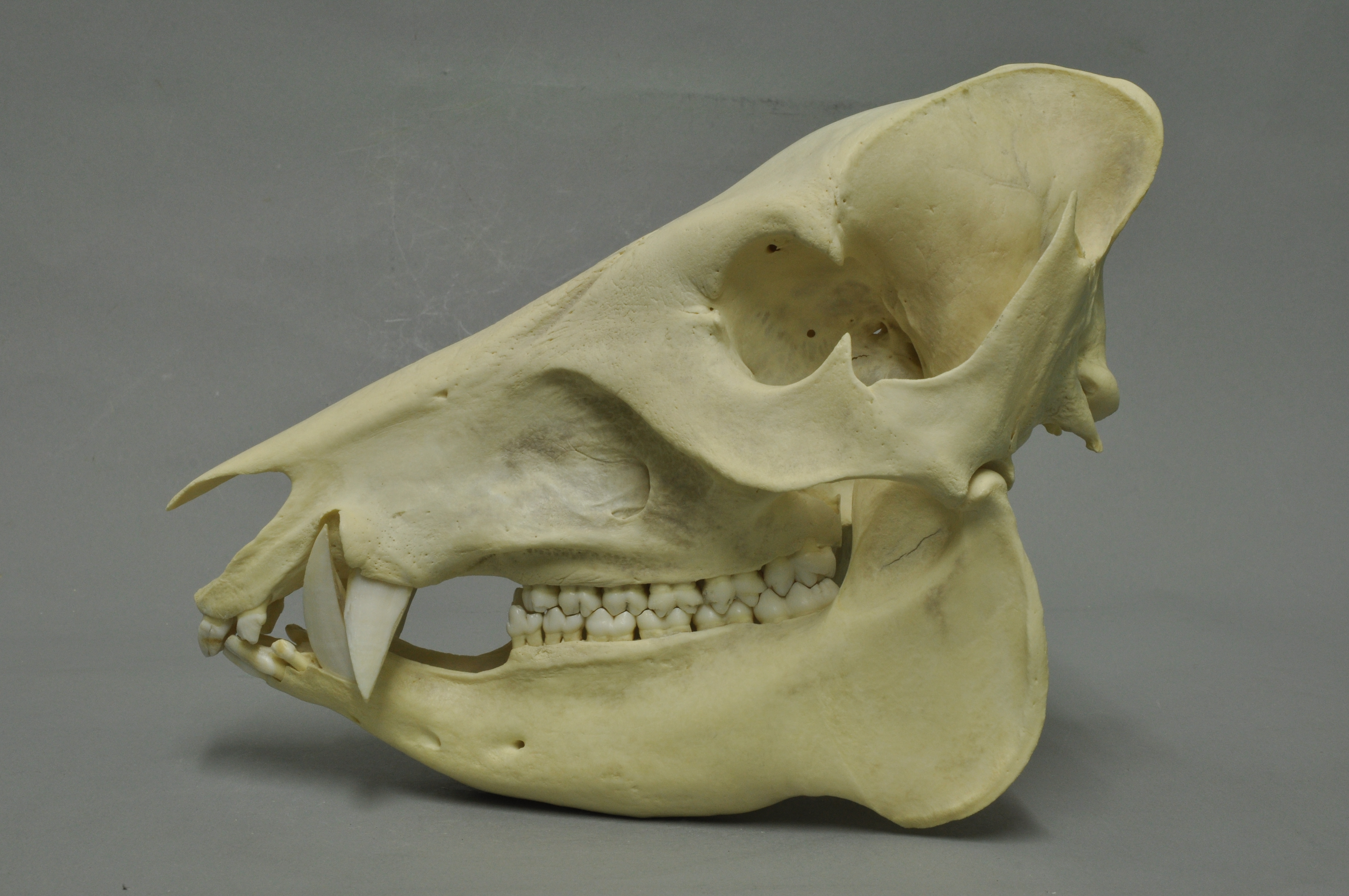|
Chiquitano Dry Forests
The Chiquitano dry forests is a tropical dry broadleaf forest ecoregion in Bolivia and Brazil. The ecoregion is named for the Chiquitano people who live in the region. Setting The Chiquitano dry forests cover an area of . The ecoregion lies east of the Andes in the lowlands of eastern Bolivia and the Brazilian states of Mato Grosso and Rondônia. The World Wildlife Fund includes the Chiquitano dry forests in the Amazon biome. The ecoregion adjoins the Dry Chaco ecoregion to the south and the Pantanal ecoregion to the southeast. To the northeast it blends into the Cerrado ecoregion. To the northwest it adjoins the Madeira-Tapajós moist forests and Southwest Amazon moist forests ecoregions. Climate The climate of the Chiquitano dry forests is tropical, with a strong dry season during the southern hemisphere winter. Average precipitation ranges between 1,000mm in the south and 2,000mm in the northwest, varying with orography. Flora There are several common plant communiti ... [...More Info...] [...Related Items...] OR: [Wikipedia] [Google] [Baidu] |
Neotropical Realm
The Neotropical realm is one of the eight biogeographic realms constituting Earth's land surface. Physically, it includes the tropical terrestrial ecoregions of the Americas and the entire South American temperate zone. Definition In biogeography, the Neotropic or Neotropical realm is one of the eight terrestrial realms. This realm includes South America, Central America, the Caribbean islands, and southern North America. In Mexico, the Yucatán Peninsula and southern lowlands, and most of the east and west coastlines, including the southern tip of the Baja California Peninsula are Neotropical. In the United States southern Florida and coastal Central Florida are considered Neotropical. The realm also includes temperate southern South America. In contrast, the Neotropical Floristic Kingdom excludes southernmost South America, which instead is placed in the Antarctic kingdom. The Neotropic is delimited by similarities in fauna or flora. Its fauna and flora are distinct f ... [...More Info...] [...Related Items...] OR: [Wikipedia] [Google] [Baidu] |
Schinopsis Brasiliensis
''Schinopsis brasiliensis'' is a species of flowering plant in the cashew family known by the common names ''baraúna'' or ''braúna''.Cardoso, M. P., et al. (2005)A new alkyl phenol from ''Schinopsis brasiliensis''.''Natural Product Research'' 19(5) 431-33. This species is native to Brazil, Bolivia, and Paraguay. It is a component of the Caatinga ecoregion in northwestern Brazil and the Chiquitano dry forests ecoregion of eastern Bolivia and adjacent portions of Brazil. Description ''Schinopsis brasiliensis'' can grow up to tall with a trunk diameter of 60 centimeters. Uses This tree has a hard, sturdy wood which is used in construction. Because of its harvesting for this purpose, the tree is considered an endangered species. Two species of mite Mites are small arachnids (eight-legged arthropods). Mites span two large orders of arachnids, the Acariformes and the Parasitiformes, which were historically grouped together in the subclass Acari, but genetic analysis do ... [...More Info...] [...Related Items...] OR: [Wikipedia] [Google] [Baidu] |
Giant Armadillo
The giant armadillo (''Priodontes maximus''), colloquially ''tatu-canastra'', ''tatou'', ''ocarro'' or ''tatú carreta'', is the largest living species of armadillo (although their extinct relatives, the glyptodonts, were much larger). It lives in South America, ranging throughout as far south as northern Argentina. This species is considered vulnerable to extinction. The giant armadillo prefers termites and some ants as prey, and often consumes the entire population of a termite mound. It also has been known to prey upon worms, larvae and larger creatures, such as spiders and snakes, and plants. Some giant armadillos have been reported to have eaten bees by digging into beehives. At least one zoo park, in Villavicencio, Colombia – ''Los Ocarros'' – is dedicated to this animal. Description The giant armadillo is the largest living species of armadillo, with 11 to 13 hinged bands protecting the body and a further three or four on the neck. Its body is dark brown in col ... [...More Info...] [...Related Items...] OR: [Wikipedia] [Google] [Baidu] |
White-lipped Peccary
The white-lipped peccary (''Tayassu pecari'') is a species of peccary found in Central and South America and the only member of the genus ''Tayassu''. Multiple subspecies have been identified. White-lipped peccaries are similar in appearance to pigs, but covered in dark hair (except on certain regions, such as the throat, where it is cream). The range of ''T. pecari'', which extends from Mexico to Argentina, has become fragmented, and the species's population is declining overall (especially in Mexico and Central America). They can be found in a variety of habitats. Social animals, white-lipped peccaries typically forage in large groups, which can have as many as 300 peccaries. They are an important part of their ecosystem and multiple efforts are being made to preserve them in the wild. Not all disappearances are explained, but human activities play a role, with two major threats being deforestation and hunting; the latter is very common in rural areas, although it can be dange ... [...More Info...] [...Related Items...] OR: [Wikipedia] [Google] [Baidu] |
Marsh Deer
The marsh deer (''Blastocerus dichotomus'') is the largest deer species from South America reaching a length of and a shoulder height of . It is found in Argentina, Bolivia, Peru, Brazil, Uruguay and Paraguay. Formerly found in much of tropical and subtropical South America, it ranged east of the Andes, south from the Amazon rainforest, west of the Brazilian Atlantic rainforest and north of the Argentinian Pampa. Today it is largely reduced to isolated populations at marsh and lagoon zones in the Paraná, Paraguay, Araguaia and Guapore river basins. Small populations also occur in the southern Amazon, including Peru where protected in Bahuaja-Sonene National Park.Thornback, J., and M. Jenkins. 1982. The IUCN mammal red data book, Part 1: Threatened mammalian taxa of the Americas and the Australian zoogeographic region (excluding Cetacea). IUCN. 516 pp.Cabrera, A. 1961. Catalogo de los mamiferos de America del Sur. Rev Mus Argentino Cien Nat Bernardino Rivadavia. 4:1-732.Tomas, ... [...More Info...] [...Related Items...] OR: [Wikipedia] [Google] [Baidu] |
Machaerium Hirtum
''Machaerium'' is the scientific name of two genera of organisms and may refer to: * ''Machaerium'' (fly), a genus of insects in the family Dolichopodidae * ''Machaerium'' (plant), a genus of plants in the family Fabaceae {{Genus disambiguation ... [...More Info...] [...Related Items...] OR: [Wikipedia] [Google] [Baidu] |
Tabebuia Heptaphylla
''Handroanthus heptaphyllus'', commonly referred to as the pink trumpet tree or pink tab, is a Bignoniaceae tree native to tropical and subtropical regions of South America. It grows in the high forest watershed of the Paraná River, Paraguay River and Uruguay River. It has a limited distribution, almost exclusively inhabiting low lands with wet and deep soils, where it forms part of the upper layer of tree cover. It is the national tree of Paraguay, declared as such in the Nº4631 Act of May 10, 2012, as proposed by the School of Chemical Sciences at the National University of Asunción in celebration of the bicentenary of Paraguay's independence. Description ''Handroanthus heptaphyllus'' can reach up to 40 m in height. The bark is brown-gray, very rough, with deep cracks in adult specimens. ''H. heptaphyllus'' requires specific light and humidity conditions, and is susceptible to frost when young. The tree is considered decorative, and is frequently used in parks, squares an ... [...More Info...] [...Related Items...] OR: [Wikipedia] [Google] [Baidu] |
Gallesia Integrifolia
''Gallesia'' is a monotypic genus of flowering plants belonging to the family Petiveriaceae. It only contains one species; ''Gallesia integrifolia'' (Spreng.) Harms Its native range is western South America to Brazil. It is found in the countries of Bolivia, Brazil, Ecuador and Peru. The genus name is in honour of Giorgio Gallesio (1772–1839), an Italian botanist and researcher, The specific epithet of 'integrifolia' is a portmanteaux A portmanteau word, or portmanteau (, ) is a blend of words References {{Taxonbar, from=Q8963370[...More Info...] [...Related Items...] OR: [Wikipedia] [Google] [Baidu] |
Phyllostylon Rhamnoides
''Phyllostylon'' is a genus of plant in family Ulmaceae The Ulmaceae () are a family of flowering plants that includes the elms (genus ''Ulmus''), and the zelkovas (genus ''Zelkova''). Members of the family are widely distributed throughout the north temperate zone, and have a scattered distribution .... Species include: * '' Phyllostylon brasiliense'' Capan. ex Benth. & Hook.f. * '' Phyllostylon orthopterum'' Hallier f. * '' Phyllostylon rhamnoides'' (J.Poiss.) Taub. Taxonomy articles created by Polbot Rosales genera {{Ulmaceae-stub ... [...More Info...] [...Related Items...] OR: [Wikipedia] [Google] [Baidu] |
Astronium Urundeuva
''Astronium'' is a genus of flowering plants in the cashew family, Anacardiaceae. It is native to Central and South America. ''Astronium'' is a genus of dioecious trees. Leaves are deciduous, alternate, and odd-pinnate. Species , Plants of the World Online accepted the following species: *'' Astronium concinnum'' Schott *'' Astronium fraxinifolium'' Schott *'' Astronium gardneri'' Mattick *'' Astronium glaziovii'' Mattick *''Astronium graveolens'' Jacq. (syn. ''Astronium conzattii'' S.F.Blake) *'' Astronium lecointei'' Ducke *'' Astronium mirandae'' F.A.Barkley *'' Astronium nelson-rosae'' Santin *'' Astronium obliquum'' Griseb. *'' Astronium pumilum'' J.D.Mitch. & Daly *'' Astronium ulei'' Mattick Species formerly placed in this genus that are now placed in '' Myracrodruon'' include: *''Astronium balansae'' Engl. → ''Myracrodruon balansae'' *''Astronium urundeuva'' → ''Myracrodruon urundeuva'' Fossil record Fossils of an ''Astronium'' sp. have been described from the foss ... [...More Info...] [...Related Items...] OR: [Wikipedia] [Google] [Baidu] |
Cedrela Fissilis
''Cedrela fissilis'' is a species of tree in the family Meliaceae. It is native to Central and South America, where it is distributed from Costa Rica to Argentina.''Cedrela fissilis''. Germplasm Resources Information Network. USDA ARS. Its common names include Argentine cedar, ''cedro batata'', ''cedro blanco'', "Acaju-catinga" (its Global Trees entry) and ''cedro colorado''. Once a common lowland forest tree, this species has been overexploited for timber and is now considered to be endangered species, endangered. A few populations are stable, but many have been reduced, fragmented, and local extinction, extirpated. The wood is often sold in batches with cedrela odorata, Cuban cedar (''Cedrela odorata''). < ...
|
Amburana Cearensis
''Amburana cearensis'' (Portuguese common names; ambaúrana, amburana, amburana de cheiro, angelim, baru, cabocla, cerejeira rajada, cumaré, cumaru, cumaru de cheiro, cumaru do ceará, cumbaru das caatingas, emburana, emburana de cheiro, imburana, imburana brava, imburana cheirosa, imburana de cheiro, louro ingá, umburana, umburana lisa, umburana macho, umburana vermelha, umburana de cheiro, at Instituto de Pesquisas e Estudos Florestais, umburana-de-cheiro, umburana do cheiro:Americas Regional Workshop (Conservation & Sustainable Management of Trees, Costa Rica) 1998. [...More Info...] [...Related Items...] OR: [Wikipedia] [Google] [Baidu] |


